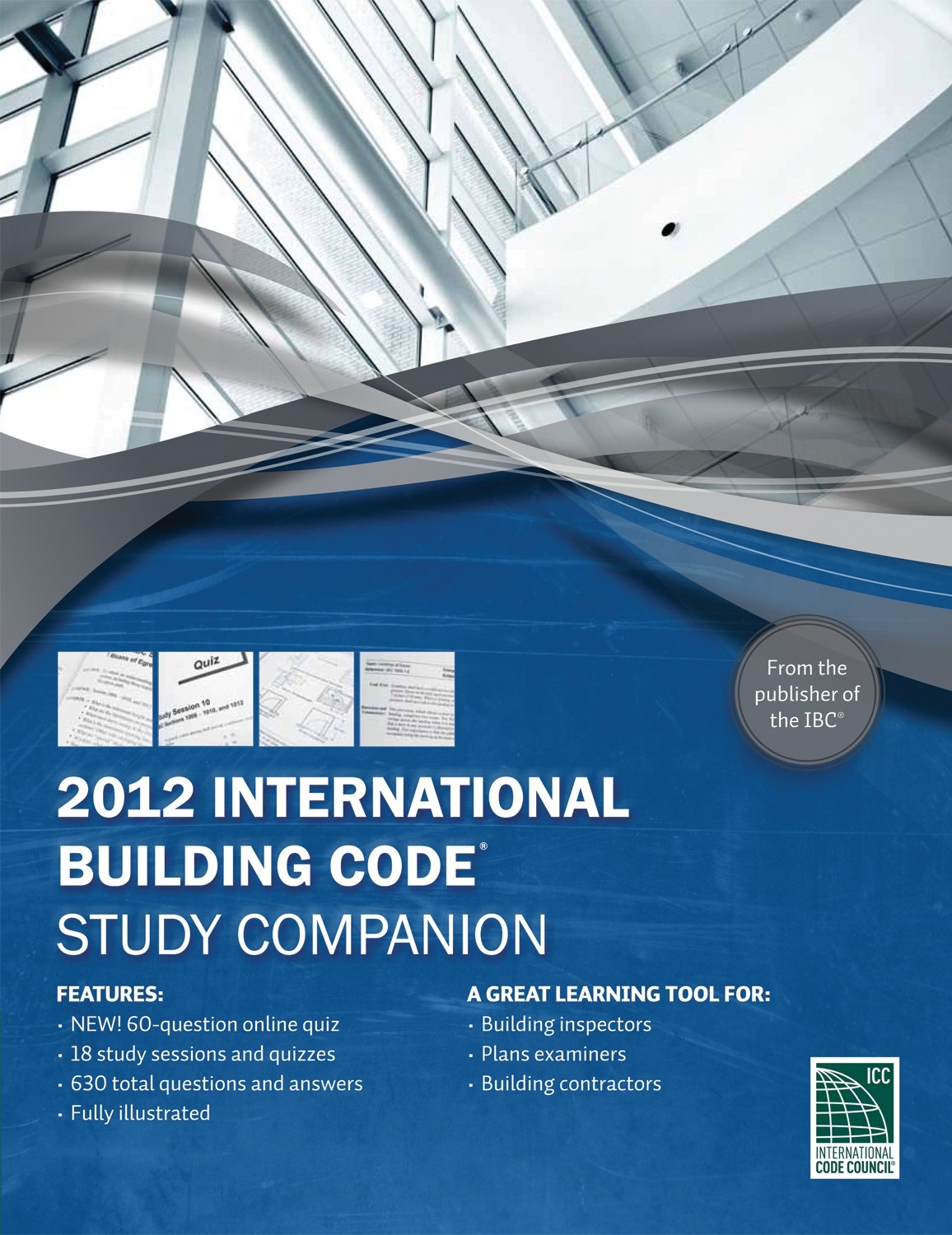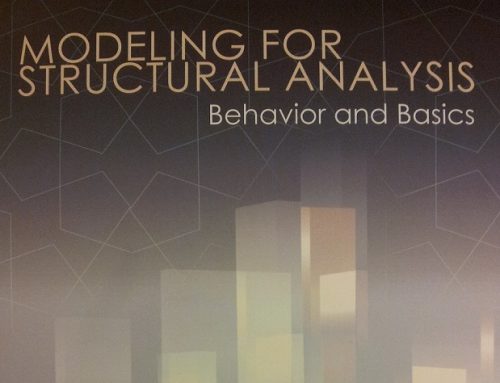An account of Performance-based Design and Seismic Evaluation of Buildings
Introduction
Once upon a time, there was a poor middle-aged farmer who had two wives (For a moment, please neglect the reason why he went for such an adventure). The first one was of same age as him but the second was relatively younger. When he used to go to the younger one, she start plucking white hair from his beard, trying to make him look younger as her. When he used to go to first one, she start plucking black hair from his beard, so that he start looking relatively older as her. My condition while writing this article is also similar to that poor middle-aged farmer. Those readers who are not structural engineers may find this writing too difficult to understand and loaded with boring technical terminology. While the structural engineers may complain it to be too basic, uninteresting and ordinary text for laymen only.
 So here I start (without solving the issue that, who should be the target readers of this article?) by paying tribute to an ancient king named Hammurabi (the cool guy on the right) who ruled Babylon from 1792 BC to 1750 BC and is best known for a well-preserved Babylonian law of ancient Mesopotamia, the Code of Hammurabi. In 1901, an Egyptologist named Gustave Jequier found the stele containing the Code of Hammurabi in what is now Khuzestan, Iran. Consisting of 282 laws, with scaled punishments, adjusting “an eye for an eye and a tooth for a tooth”, this code is one of the oldest deciphered writings of significant length in the world. It is currently on display in the Louvre Museum in France, with exact replicas at the University of Chicago in USA, Theological University of the Reformed Churches in The Netherlands, Pergamon Museum in Germany and National Museum of Iran in Tehran.
So here I start (without solving the issue that, who should be the target readers of this article?) by paying tribute to an ancient king named Hammurabi (the cool guy on the right) who ruled Babylon from 1792 BC to 1750 BC and is best known for a well-preserved Babylonian law of ancient Mesopotamia, the Code of Hammurabi. In 1901, an Egyptologist named Gustave Jequier found the stele containing the Code of Hammurabi in what is now Khuzestan, Iran. Consisting of 282 laws, with scaled punishments, adjusting “an eye for an eye and a tooth for a tooth”, this code is one of the oldest deciphered writings of significant length in the world. It is currently on display in the Louvre Museum in France, with exact replicas at the University of Chicago in USA, Theological University of the Reformed Churches in The Netherlands, Pergamon Museum in Germany and National Museum of Iran in Tehran.
Now behold O Structural Engineers! Check this interesting excerpt from the world’s first written code.
Clause 229: If a builder builds a house for someone, and does not construct it properly, and the house which he built fall in and kill its owner, then that builder shall be put to death.
Clause 230: If it kills the son of the owner the son of that builder shall be put to death.
Clause 231: If it kills a slave of the owner, then he shall pay slave for slave to the owner of the house.
Clause 232: If it ruins goods, he shall make compensation for all that has been ruined, and inasmuch as he did not construct properly this house which he built and it fell, he shall re-erect the house from his own means.
Clause 233: If a builder build a house for someone, even though he has not yet completed it; if then the walls seem toppling, the builder must make the walls solid from his own means.
“….builder shall be put to death??” Right away? No excuse? Hell yeah. Even from ancient times, for public at large, it was always intrinsic to relate “performance” of structure with their decision making. No matter what reasons and justifications a builder has for his certain preferences, “performance” is what is required ultimately. A client has nothing to do with what mathematical procedure you are using to analyze his building against anticipated loads or what building code you are following to satisfy safety requirements. He just needs the answer of few common questions. Is my structure safe and strong enough? How much magnitude earthquake my structure can withstand? How much damage I have to tolerate if an earthquake of high intensity occurs. Well, deep inside our hearts, we all know how hard is it to answer these questions.
Could a builder of Hammurabi’s time have provided a guarantee to his client that the building will not fall down under so-and-so magnitude of loading? Can structural engineers “now” provide a guarantee to their clients that the structure can withstand so-and-so magnitude loading or earthquake? As we move from industrial age to information age, buildings may be the only product left which we still make with hands, and perhaps the only product left which has no warranty. Over the course of developments in our understanding of structures, the attempts of somehow implicitly satisfying the desired performance goals resulted in cook-book type of building codes. For convenience of practicing engineers, simple rules were set with scientific consensus of experts around the globe but again, those rules were not intended to guarantee building performance objectives. Obviously a prescriptive-natured building code with no explicit verification of outcome can only cover the simplest structural systems and analysis procedures, without answering the “What will happen if…???” type of questions.
This realization has led to a recent paradigm shift in our approach towards analysis and design of building structures, termed in latest guidelines and standards as “Performance-based Design (PBD)”. It refers to the methodology in which structural design criteria are expressed in terms of achieving a set of performance objectives. It is the practice of thinking and working in terms of ends rather than means. Here, owners and engineers can work together to achieve the best possible balance between construction costs and structure’s ultimate performance.The basic idea is to relate the level of structure’s damage to measurable engineering demand parameters. It is similar to associating “numbers, we can crunch” with “physical extent of damage”. For example, the performance objectives set for a building can be related to the level of its damage, which in turn, can be related to its displacements and drift values. Although it is not always possible to quantify the damage as it is greatly influenced by a lot of other factors, mostly displacements and drifts serve as a reasonable indicators. That’s why sometimes engineers also use the term “displacement-based design” in place of PBD (which ideally should be thought of as a subset of PBD because the performance target can be any response parameter attached to a certain threshold). Since the approach gained popularity among engineering community around a decade ago, there have been a lot of attempts to develop procedures to correlate damage of various structural systems to response quantities taking into account possible uncertainties and ground motion characteristics. This approach requires the structural designers to go beyond code’s cook-book prescriptions and make them able to predict structure’s response in case of future extreme events. This also requires sophisticated structural modeling and simulation using state-of-the-art computer software, and sometimes laboratory testing also. While earthquake engineers are sufficiently contributing and exploiting the potentials of this design philosophy, it can also be applied to floods, hurricane and other natural disasters.
- Columns and Beams: For flexural behavior, lumped plasticity approach (moment-curvature plastic hinges) are used at both ends with elastic shear behavior. Another approach can be the use of nonlinear concrete and steel fibers for a certain length (usually equal to effective depth of cross-section) at both ends (with elastic frame element in-between). The demand parameter in case of fiber modeling is strain which can be converted to rotation over the fiber length. Sometimes, depending upon the required level of sophistication, columns are also modeled as elastic and later checked for D/C ratios (without strength reduction factors for capacities) corresponding to cracking, yielding or shear failure.
- Shear Walls: It is not a good idea to use lumped plasticity approach for shear walls. Full nonlinear fiber modeling throughout the height of shear wall is generally recommended. Contrary to conventional assumption for low- to mid-rise buildings, the contribution of higher modes in dynamic response of tall buildings may induce significant damage at upper stories also. A commercial software package “PERFORM 3D” allows user to divide each wall cross-section leg in to a maximum of 8 fiber elements. Sometimes coupling beams are modeled to act as seismic fuses, details of are two complex to be under the scope of this text.
- Masonry Infill Walls: Masonry infill walls, although are not considered structural elements but still can significantly contribute to initial stiffness of building. I myself have experienced a significant reduction (up to 20%) in fundamental time period of tall buildings when masonry infill walls are included in the model. Knowing fully that they would be the first elements to crack during lateral loading and may not contribute to stiffness once the damage starts, some experts pay special attention to their modeling. There are a lot of models available for masonry infill walls but the most generally used is the equivalent strut model in which the properties of an equivalent concrete strut (for all infill wall configurations and connecting member sizes) are calculated using procedure defined in FEMA 356 and a brittle force-deformation behavior is assigned to axial struts connecting two columns diagonally.
- Slabs: Usually slabs are either modeled with elastic thin shell element or not modeled at all (with manual load transfer from floors to beams/columns). For flat slabs, equivalent beams are modeled with nonlinear ends to check punching shear failure.







